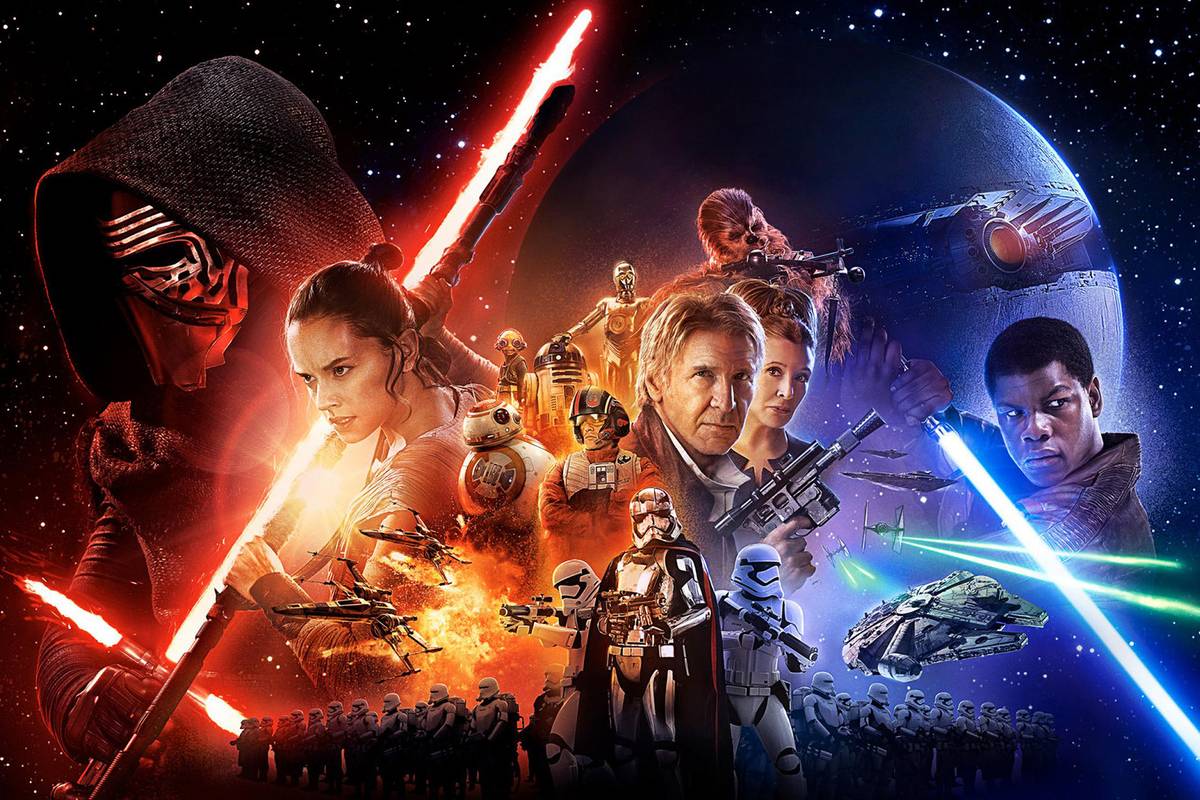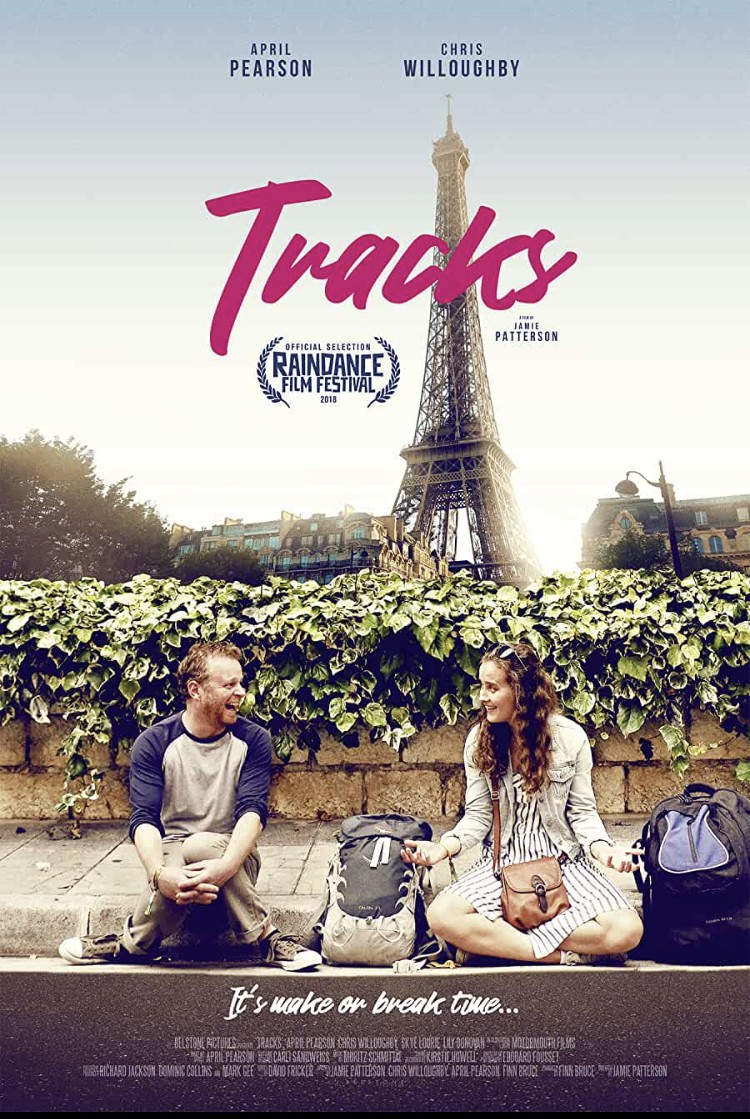Film Industry Research
Walter Elias Disney was an American entrepreneur, writer, animator, voice actor,
and most famously a film producer, whereby he developed several new ideas in the production of cartoons. He was born on 5th December 1901 in Chicago and later died on December 15th, 1966 in Los Angeles.
Walt grew up in a small town called Marceline, his exposure to country life helped him indulge his imagination and began his drawing of animals. Although by the time Walt was 9 his father became ill and the farm was no longer profitable, so the family decided to move to Kansas City. Walt graduated from Benton School where he performed skits and routines with friends in local theatres, although soon enough he and his family moved back to Chicago where he started McKinely High school and started drawing for the student newspaper, although in 1917 Walt lied about his age in order to join the Red Cross Ambulance in Europe during the first world war. When his tour finished in 1919, instead of returning to education- he went to Kansas City where he experimented and learned animation and created his first animated series. In 1923, after many trials and errors with business, Walt and his brother Roy had a $500 loan from their uncle, which they used to set up “The Disney Brothers Studio”.
Disneys headquarters are in Burbank, California; although there are 12 Disney Parks located globally, they also have 4 cruise ships and over 330 Disney stores worldwide. Today globally, Disney is recognized in the list of top ten brands, alongside Amazon and google, Disney now owns some of the biggest franchises (inc Star Wars, Marvel, and Disney princesses) which have been created due to the success of their movies.

In 2020 Disney’s revenue surpassed $69 billion worldwide, despite covid; this is more than double what they made in 2006. A great contribution to their high revenue is their new edition of Disney+ - much like Netflix or prime, there’s a wide variety of (Disney) films and TV for viewers to watch- Disney charges a fee of £7.99 per month for the subscription. One key reason for the Success of Disney+ is the variety of channels, Disney has bought over 12 channels which brings more inclusiveness and diversity to the site, making a higher demand for new customers and families due to the large range of variety to choose from. There are currently over 95 million Disney+ subscribers worldwide, which is much more than they had anticipated within the first 5 years. Disney now owns Pixar, which they paid $7bn for although have since made Disney over $20bn. They have also bought: Lucasfilm (for $4bn), Marvel ($4bn) fox ($71bn), star wars (for $4bn), National Geographic (73% stake), Star, Hulu (60% stake), ABC ($19 bn), ESPN (80% stake), FX, A&E (50% equity), The History Channel (50% equity), Lifetime (50% equity), Vice Media (10% stake), and Hollywood Records. The surplus of channels offers a wider range for a potential audience, allowing them to easily compete alongside Netflix and Amazon prime.
Disneys top 5 box office successes are:
Avengers: Endgame
This was released in 2019 and has since made around $2.8 Billion, although they had a budget of $356 million. Not only is Endgame Disneys biggest film, but it's the second-biggest film of all time, closely behind Avitar.
Star Wars Ep. VII: The Force Awakens
It was released in 2015, and has since made around $2.06 Billion, despite this they had a budget of $306 million.
Avengers: Infinity war
It was released in 2018 and has since made around $2.04 Billion, although they had a budget of $316 million.
The Lion King
It was released in 2019, and has since made around $1.7 Billion, despite this they had a budget of 260, whereas the original Lion king which was made in 1994 had a budget of $45 million
The Avengers
It was released in 2012 and has since made around $1.5 Billion, although they had a budget of $220 million.
Although it's proven if a film is distributed internationally it makes 5x the gross it would normally. Furthermore, 8/10 of the highest-grossing films of all time are owned by Disney.
Disney has made many sequels, for example, they now have 12 Star Wars films- and in circumstances like this, they do tend to use the same actors as the characters have been established, although they tend to bring in new characters where they're able to build their career through the huge fanbase star wars already have. Although in completely new films, the use of an unfamiliar cast means there's no previous judgment nor association to the character, although often Disney uses already A-list actors to draw more attention to the movie, as these stars will have a pre-existing fan-base, creating a wider audience for the movie. Furthermore, John Ratzenberger has voiced a character in every single Pixar movie.
Additionally, Disney does tend to use the same directors for some of its movies, especially franchises/sequels, although in the past has chosen to replace its directors in order to benefit the movie.
Disney currently has 13 movies in pre-production, including ‘The Batman’ and ‘Spider-man: No Way Home’ which are both due to be out within the next 6 months. They also have 8 movies in production including ‘Ponochio’ and ‘Doctor Strange in the multiverse of madness’ which is due to come out in 2022. They finally have 6 films in post-production, including ‘The little Mermaid’ which is set to be released in May 2023! It's further announced 43 movies including a Star Wars due to come out in 2027, and has 100 movies in development!
To conclude, the reason for Disney's continued success is the extent of its business, Disney is now perceived as “too big to fail” due to all of its assets and franchises. An advantage of how big their institution is is the costs that go behind the making of the films, alongside the ability to have full A-list ensemble casts. Additionally, Disney has such a big fan base now, that even if they were to make a film that didn't quite meet their normal standard, it would still (hopefully) make a significant amount of money due to their ability to market products.











